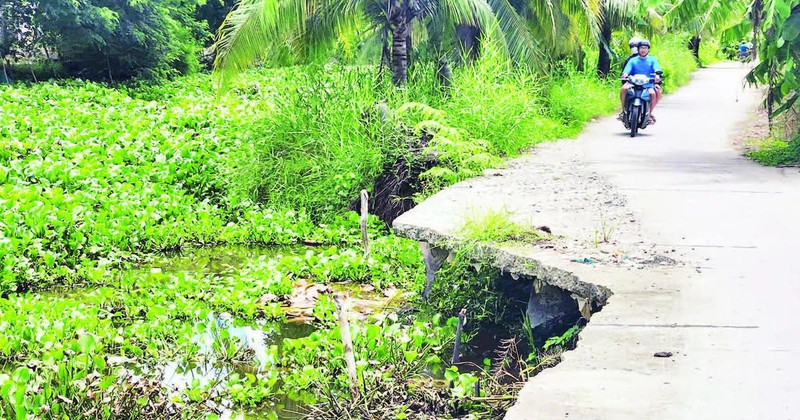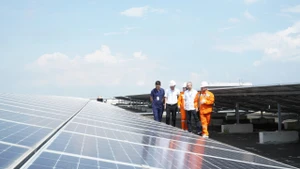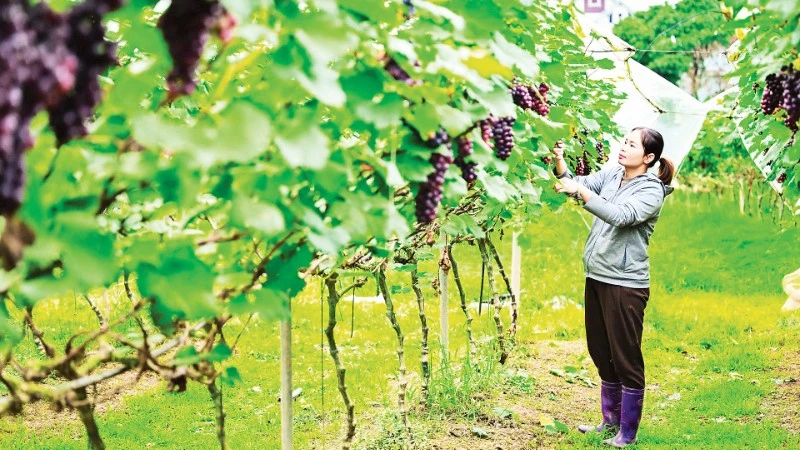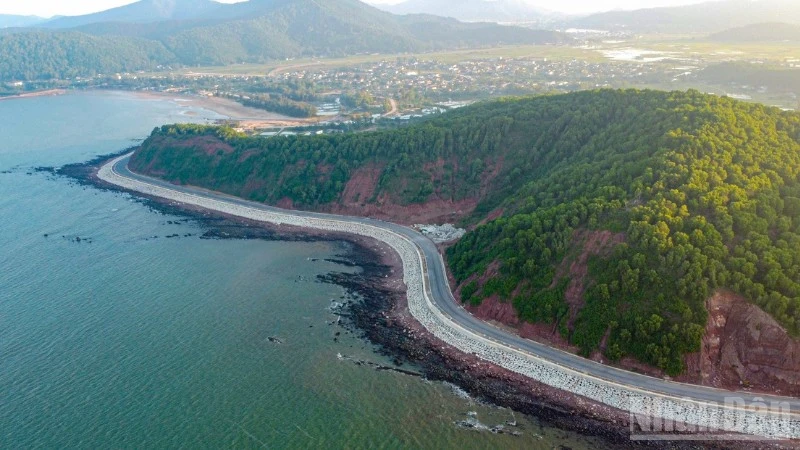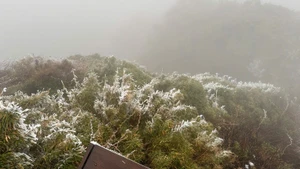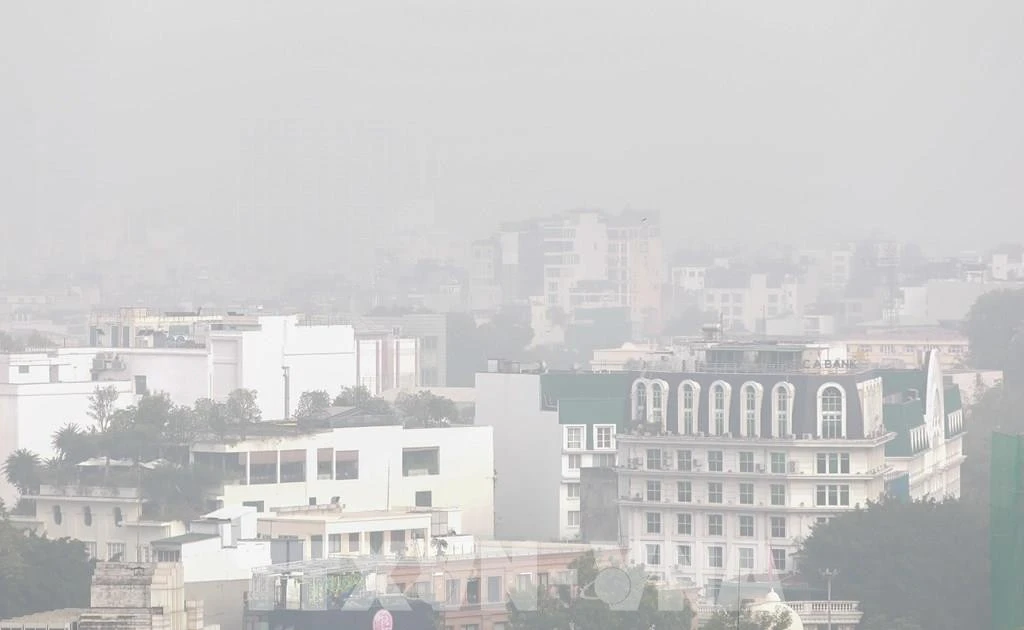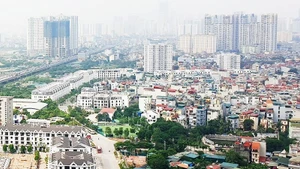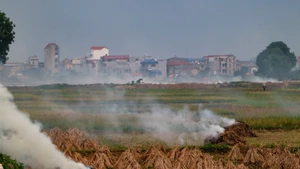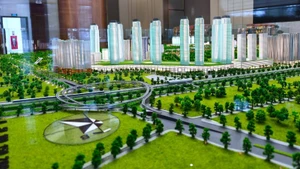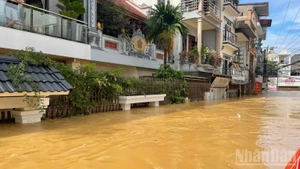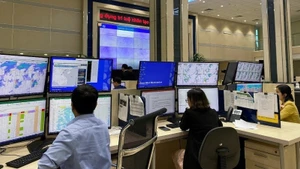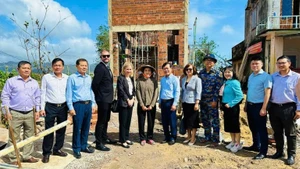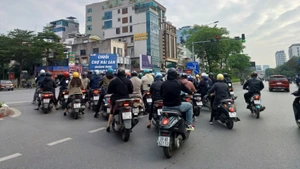Erosion and subsidence do not merely result in material damage, they signal a chain of larger consequences: land is disappearing, watercourses are changing, and people's peace of mind is being disrupted.
According to recent statistics from the Southern Institute of Water Resources Planning, approximately 300 km of coastline is being eroded, and around 800 erosion points stretching over 1,000 km have been recorded across the delta provinces. The rate of land subsidence ranges from 10 to 30 mm per year, mangrove forests are shrinking, and saltwater intrusion is penetrating deeper inland. These developments are no longer distant warnings but daily realities that are destroying the environment and livelihoods of tens of millions of people in the western region.
However, what demands our deeper reflection is not just the destructive force of nature, but the human-induced causes behind it. Scientists have repeatedly pointed out that indiscriminate sand mining, over-extraction of riverbeds, rampant groundwater pumping, and disruption of water flows caused by hydropower dam systems are the “blades” that are gradually cutting away the life of the alluvial land.
Moreover, economic development models that heavily interfere with nature such as building enclosed dykes and completely blocking saltwater to grow rice, might seem to ensure food security, but in the long run come at a greater cost. When freshwater zones are no longer able to adapt flexibly, economically efficient models such as brackish and saltwater aquaculture also become increasingly constrained. Meanwhile, areas that are “locked in for fresh water and shielded from saltwater” are becoming more sensitive and vulnerable to the impacts of heavy rainfall, high tides, and irregular floods.
Uncontrolled, unplanned development that lacks an ecosystem-based regional approach is pushing the Mekong Delta to its limits. It is at the threshold between living in harmony with nature and facing its fierce retaliation.
Resolution No. 24-NQ/TW (dated June 3, 2013) of the Central Executive Committee of the Communist Party defined environmental protection as both a goal and a core component of sustainable development. In 2017, the government’s Resolution No. 120/NQ-CP (dated November 17, 2017) concretised that vision with the principle of “living with nature” — coexisting with floods, saltwater, and brackish water, rather than resisting and forcing nature.
However, there remains a large gap between policy orientation and practical implementation. Many localities are still caught up in the whirlwind of short-term growth, chasing economic indicators, making the principle of “living with nature” not yet deeply embedded into each decision and project. Meanwhile, the escalating damages caused by erosion, subsidence, land loss, and saltwater intrusion are essentially the “bills” that nature is handing back to humanity.
It is time for Mekong Delta localities to seriously reassess their development strategies and ask the fundamental question: In 10 or 20 years, will we still have land to cultivate, clean water to use, or clean seas to farm? Investment in adaptive, nature-based economic models such as marine aquaculture, brackish water aquaculture, sustainable forestry, and eco-tourism must be regarded as a strategic priority, not a matter to be delayed.
At the same time, policies to control resource exploitation, especially river sand and groundwater, must be tightened and made transparent, avoiding the trade-off of the region’s future for short-lived benefits. Infrastructure works for riverbank and coastal protection cannot continue to be built in a fragmented, reactive manner. They must be part of an overall regional plan, with inter-provincial, inter-sectoral, and even international coordination across the Mekong River basin.
More importantly, “living with nature” must not remain a mere slogan. It needs to become a way of life, a development mindset running from government leaders to every citizen. Only when we respect the laws of nature and learn to interact gently with the land, water, forest, and sea, can we hope for a revived Mekong Delta — one that grows in harmony and sustainability in the era of climate change.
No one can live in peace on land that is cracking day and night. But if we return to the core values of nature, nature itself will respond with the same resilience and generosity with which it has nurtured this delta for thousands of years.
